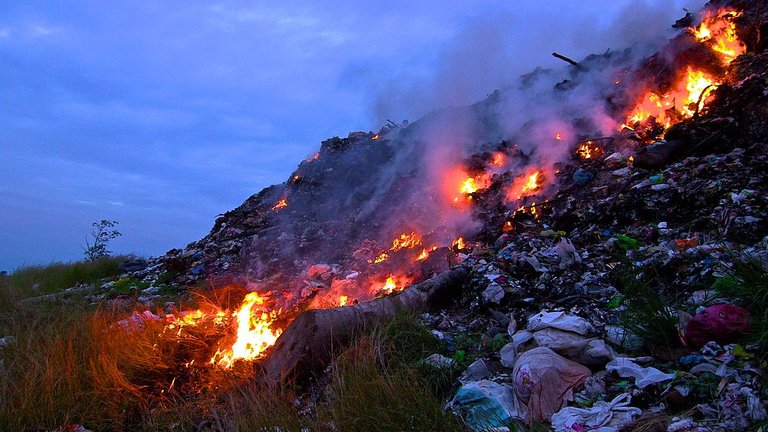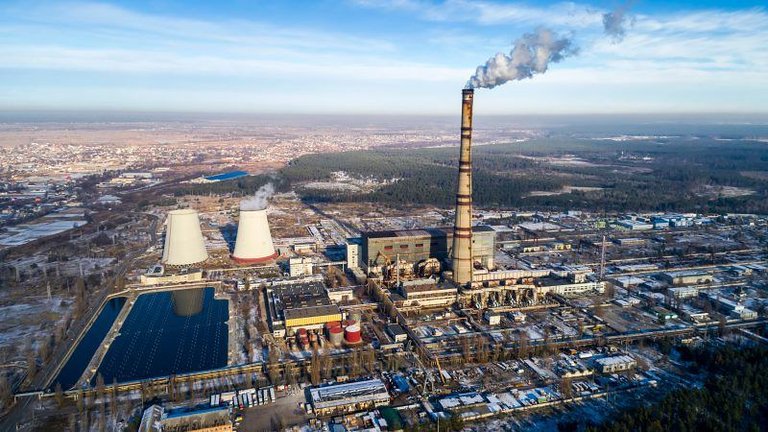I remembered when I moved to my new apartment and my landlord told me that we were going to be burning our refuse. I didn't like the idea at all and I wasn't please with it. This is because where I lived before, the refuse were being carried away by waste management personnel and I really didn't have to worry about what happened to the refuse. I didn't know if the recyclable refuse were recycled, if they were burned or thrown into the sea.
There are a lot of plastic bottles disposed into the sea every minute, and it is estimated that in the year 2050, there will be more plastic than fish in the Ocean by Biomass and I am not surprise since currently, we even see plastic in fishes and in birds that eat fishes. If we leave plastic and go to food, it has been estimated that we waste 1/3 of the food we produce. So if we were to look at these statistics, then we could say that burning dirts will be a good option since it will not lead to waste in water bodies or pile of waste on land but then when we begin to burn garbage in the open, then it can begin to pollute the environment and this can lead to increased risk in certain health conditions like cancer.
While what I say about burning might scare you, you will be shocked when I say that about 41% of the global waste is currently burned openly. So with this, it means that the WHO is right when they said that over 90% of the world's children inhale toxic air. Also in 2016, over 4 million people die prematurely as a result of outdoor air pollution. With this, if we continue to burn our refuses in open places, then we will be causing more harm.
We have confirmed that burning openly is bad, what about burning in industrial incinerators. This incinerators burn about 80% of the waste placed into them, leaving Ash which is toxic and Flue Gas. The ash is added to building materials in countries like Belgium, making it have a good use and the flue gas is filtered to prevent allowing the toxic dioxides and particles in it to get into the atmosphere.
While some countries use the Ash from the waste burning as ingredient in producing building blocks, other countries such as Sweden use the energy from burning their waste to produce electrical energy. Electrical energy from waste burning makes up anout 8% of Sweden's electrical energy production. But with the great importance of burning waste and using them for other purposes, there is a negative aspect of it which is the production of CO2 and this can have a high effect in the ungoing climate crisis.
To mitigate CO₂ emissions, recycling emerges as a viable alternative. Recycling plastic demands less energy than burning it, and it reduces reliance on fossil fuels. As we navigate the complexities of waste management, it becomes evident that while incineration can offer some benefits, recycling offers a more sustainable path for handling refuse, especially in the context of environmental conservation and reducing our carbon footprint.
Reference
https://www.nationalgeographic.com
https://www.reuters.com/article
https://www.businessinsider.com/
https://slate.com/business/2014/07
https://www.sciencedirect.com/science/article/abs/pii/B9780128121658000019
https://www.who.int/en/news-room
https://news.un.org/en/story/2013/09/448652
https://phantomplastics.com/more-plastic-than-fish-in-the-ocean-by-2050-true-or-false/
https://www.netregs.org.uk
https://www.ncbi.nlm.nih.gov/pmc/articles/PMC9122483/
https://www.sciencedirect.com/science/article/abs/pii/S0921344903001678


